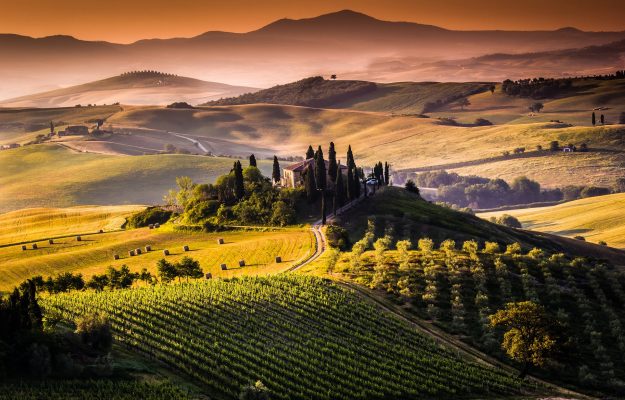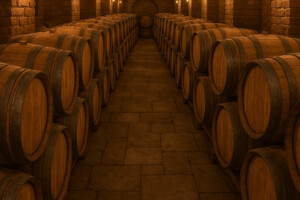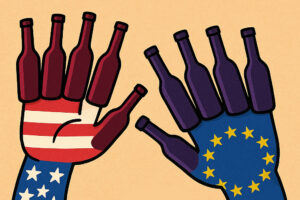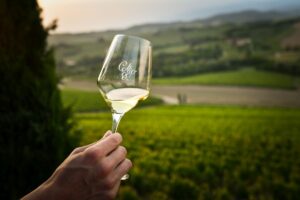Italian agri-food, even though it is one of the healthiest and best performing sectors, as well as a European leader for added value, it suffers from a stunted production system, a monocratic bureaucracy compared to its competitors, the inability to spend European funds efficiently, and income redistribution along the supply chain that heavily penalizes the production of raw materials. This is the picture that emerges from the Italian agri-food market institute, ISMEA “Report on the competitiveness of Italian agri-food”, presented today in Rome. At the end of 2017, boasting a value of 41 billion euros, Italy reached its EU agri-food exports historic record (525 billion euros) and holds an 8% share. Over the past five years Italian exports in the sector have increased 23%, which is more than the EU (+ 16%). In addition, “in the first 5 months of 2018 it is still growing, by 3.5%”, underlined the president of Federalimentare Luigi Scordamaglia. In the role of Made in Italy products in exports of the European primary sector it is quite clear that in the first five items Italy is definitely the leader. 35% -36% of European exports of apples and grapes, 47% of kiwis, 61% of shelled hazelnuts, 35% of nursery products, are Italian. And, Italy is the leader in the food processing segment as well. It is the number one exporter of pasta and tomato preserves and has a share of about 65% of the value of EU exports, and it is in second place for wine and olive oil, impacting respectively 27% and 23% of European exports. This success is linked to the passion for the quality of Italian products around the world, as well as to the domestic market, because as the President of ISMEA, Raffaele Borriello said, the agri-food sector is worth “60.4 billion euros in production turnover, which however develops an added value that reaches 214 billion euros, when extended to the catering sector, and that is worth 13% of the national GDP. There are 800.000 companies in the sector between farms and processing, for 1.4 million jobs”. This is quite an impressive turnover, thanks to the 160 billion euros that Italian families spend on food and drink, an item that absorbs 15% of their total budget. It is therefore a “rich” supply chain; however, there is a fundamental flaw. The farmer, that is, the one that produces the raw material, and does not transform it, actually gets only the crumbs. The ISMEA value chain analysis shows that out of 100 euros the consumer spends to purchase fresh agricultural products, only 6 euros remain for the producer, compared to 17 euros for trade and transport companies. In the case of processed food products, where the supply chain is longer, profit for the agricultural entrepreneur is even lower, falling below 2 euros, just like for the food industry, while the biggest share of the value goes to the distribution and phase that, taken together, receive 11 euros.
Copyright © 2000/2025
Contatti: info@winenews.it
Seguici anche su Twitter: @WineNewsIt
Seguici anche su Facebook: @winenewsit
Questo articolo è tratto dall'archivio di WineNews - Tutti i diritti riservati - Copyright © 2000/2025








































































































































































































